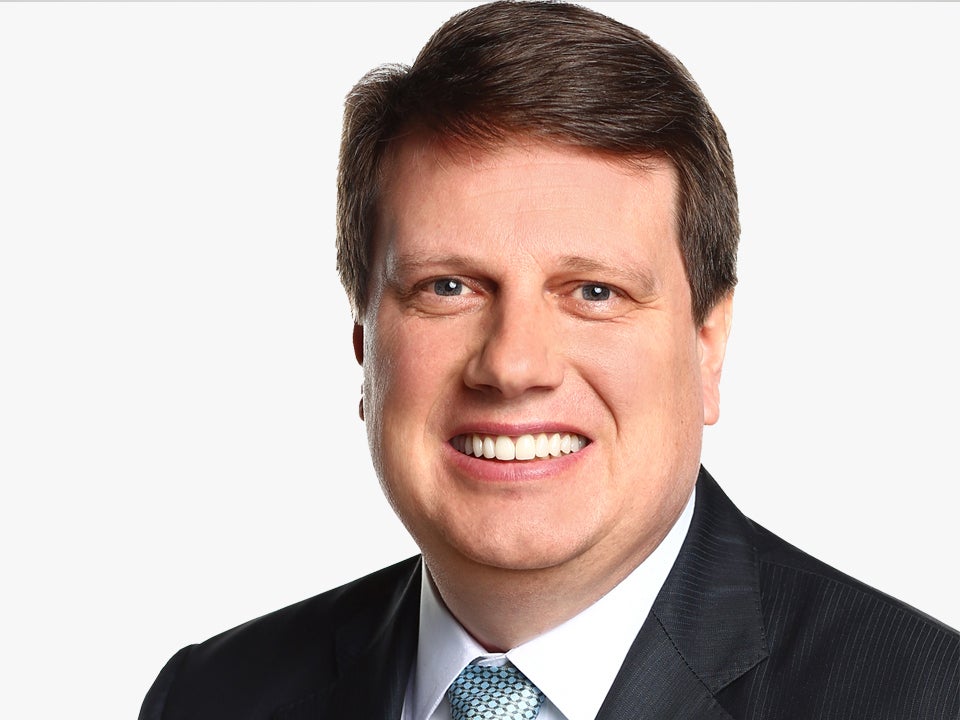Resilient growth and disinflation support EM local debt

Overview
Most EM countries have reached their terminal rates and are experiencing disinflation. Consequently, we expect some rate cuts by the end of the year. In contrast, DM central banks will likely keep rates higher for longer.
Less volatile bond markets should let investors benefit from high nominal and real EM sovereign bond yields and allow them to lock in high levels of income.
The Global Debt Team’s approach to sustainable investing could offer value to clients seeking strategic partnerships in EM fixed income. We highlight the team’s approach here.
Market outlook
Emerging markets’ (EM) recent aggressive rate hiking cycle had caused us to be cautious about prospects for 2023 growth, especially in Latin America. However, we’ve been surprised by the generally robust economic performance in EMs around the globe. One worry was that some central banks would be tempted to ease, despite sticky inflation. With most countries now at their terminal rates and experiencing disinflation (though less than expected), some central banks will probably have room to cut rates in the second half of this year. While positive growth has allowed central banks to hike and keep interest rates elevated, we do not expect them to wait until growth falters to start cutting. The reason markets will likely find the start of the cutting cycle acceptable is that real EM rates and real EM rate differentials versus developed markets (DM) have risen significantly. For example, Brazil’s policy rate of 13.75% and forward looking one-year inflation below 5% imply a real rate differential of 9%!1
We expect Latin America to lead the rate cutting cycle, with possible rate cuts in Chile in July and Brazil and Peru in August, followed by Mexico and Colombia in the fourth quarter. We expect Hungary’s overnight rate to fall to 13% by September (currently at 16%) and would not be surprised to see two 25 basis point cuts in Poland before their mid-October elections. We expect most other countries to remain on hold for the rest of the year.
In contrast, DM central banks will likely keep rates higher for longer. While DM inflation is declining from elevated levels, core inflation is likely to remain high, as real wages and high savings support services inflation. We therefore expect disinflation over the next couple of quarters to allow DM central banks to pause their hiking cycles, but rates should stay stable at elevated levels. In our view, investors believe EMs can withstand one, or even two, more rate hikes from the Fed. The risk is that more hikes are needed, which could reverse certain EM valuations.
The medium-term risk for EMs is the potential impact of their hiking cycles on their fiscal metrics (e.g. debt-to-GDP ratios) and potential growth over the next few years. The budgetary impact of debt service burdens, for example, will likely lead to a dispersion of economic outcomes among various regions and countries.
With the rate hiking cycle largely behind us, we expect volatility in EM and DM sovereign bond markets to slowly subside. Greater stability should allow investors to benefit from the high levels of nominal and real EM sovereign bond yields and to lock in high levels of income. In addition, we expect the US dollar’s recent weakness to continue as the Fed reaches its peak rate and seeks to ease policy over time. High interest rate differentials versus DMs have benefited EM currencies this year, and a weaker US dollar could enable EM currencies to offer an additional source of return for investors. Furthermore, given the current under-owned nature of the asset class, we believe EM growth and rate differentials may be a catalyst for renewed inflows into the asset class.
ESG Intelligence | Global Debt Team’s active approach to EM sovereign ESG investing2
The Invesco Global Debt Team is part of the Invesco Fixed Income (IFI) platform, a well-resourced team that combines local market knowledge with a strong global perspective. IFI has managed ESG-aware portfolios for more than two decades, and our approach has continually evolved over time. The evolution of our approach reflects changing industry dynamics and the growing appetite for more sophisticated and targeted sustainability linked investment outcomes. We believe our independent research and global approach to sustainable investing could offer value to clients seeking strategic partnerships in emerging market fixed income.
The Invesco Global Debt Team manages over USD6 billion in assets, including over USD3 billion in sovereign EM debt.1 Team members have diverse international backgrounds, including fluency in 15 languages. Our sovereign investment process combines top-down global macroeconomic analysis with bottomup country analysis to identify countryspecific opportunities and determine a portfolio’s overall risk budget. Governance factors, along with the impact of environmental and social policies, are key inputs into our analysis of country-level growth and sustainability. Our approach to integrating ESG factors into sovereign investment is rooted in our decades-long experience and belief that evaluating ESG criteria can lead to better long-term risk-adjusted returns.
The incorporation of financially material ESG factors is fundamental, in our view, when investing in developing countries. Our philosophy is based on our belief and experience regarding its positive impact on human welfare, long-term sustainable growth, and sustainable value creation and risk management. Our approach fully integrates ESG risks and opportunities into our investment process, specifically as it relates to investment selection and portfolio construction.
Investment risks
The value of investments and any income will fluctuate (this may partly be the result of exchange rate fluctuations) and investors may not get back the full amount invested.
Fixed-income investments are subject to credit risk of the issuer and the effects of changing interest rates. Interest rate risk refers to the risk that bond prices generally fall as interest rates rise and vice versa. An issuer may be unable to meet interest and/or principal payments, thereby causing its instruments to decrease in value and lowering the issuer’s credit rating.
The risks of investing in securities of foreign issuers, including emerging market issuers, can include fluctuations in foreign currencies, political and economic instability, and foreign taxation issues.
The performance of an investment concentrated in issuers of a certain region or country is expected to be closely tied to conditions within that region and to be more volatile than more geographically diversified investments.





